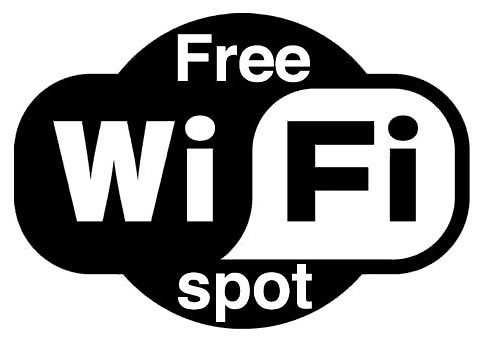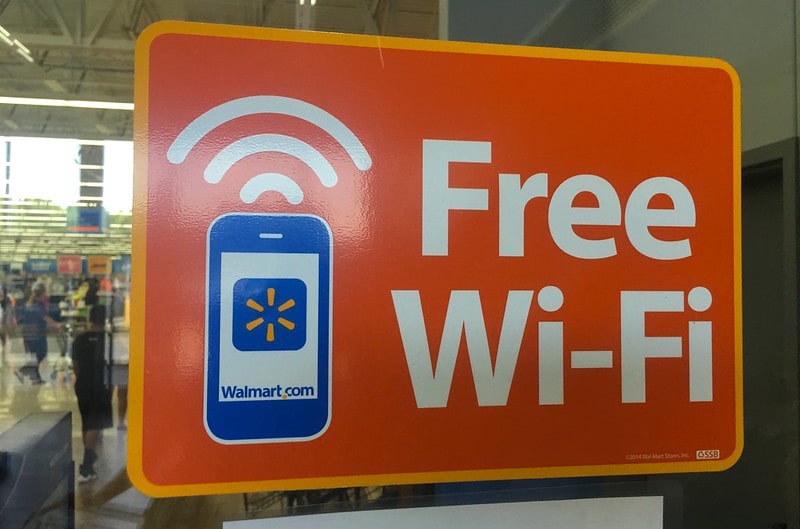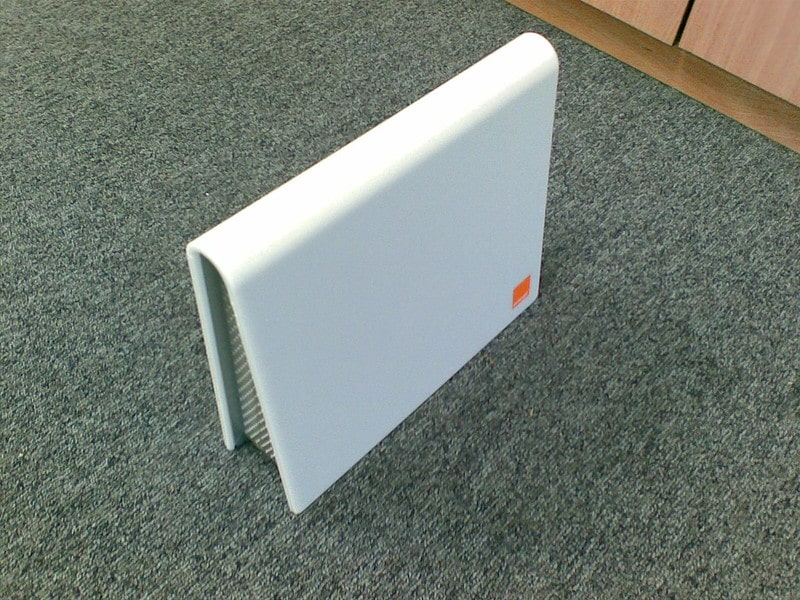Last updated on July 2nd, 2021
History
1. The current Wi-Fi protocols can trace their roots to the ALOHAnet project. This early technology was able to connect the Hawaiian Islands in 1971. Development started in the University of Hawaii in 1968.
2. Wi-Fi as we know it today was born in the Netherlands in the 1990s. A collaboration between AT&T and NCR Corporation resulted in WaveLAN which was used in cashier systems. Later on, this became the basis for the IEEE 802.11 standards.
3. The commercial seeds of Wi-Fi can be traced to a meeting between Steve Jobs and executives from Lucent Technologies. Jobs wanted to include wireless LAN cards in their iBook laptops. He asked Lucent to produce them at $50 each so he could sell them at $99. The AirPort card was introduced. Apple disbanded their wireless router team in 2016.
4. Hollywood golden era actress Hedy LaMarr is often called “The Mother of Wi-Fi”. She invented frequency-hopping technology during World War II to enable secure communications for the Allied forces. It became one of the cornerstones of today’s wireless systems.

5. Other patents were used in the creation of Wi-Fi including many from the Commonwealth Scientific and Industrial Research Organisation based in Australia. Top tech companies had to pay CSIRO over $1 billion because of infringements.
Fun Facts
6. The Swedish Space Agency holds the distance record for Wi-Fi transfer at 420km or 260 miles. The agency used 6W amplifiers to transfer data from the ground to an overhead balloon high up in the stratosphere. Beside this, a Venezuelan experiment managed to transfer 3MB of data across 382km or 237 miles.
7. According to the UK Health Protection Agency’s study in 2007, year-long Wi-Fi exposure by sitting within a hotspot is equivalent to the radiation of a 20-min wireless phone call. The World Health Organization says that long-term exposure at a low level has no health risks.
8. In a 2020 study, it was found 72.9% of American households use Wi-Fi networks. This is equivalent to 89% of US households that have a broadband connection.
9. In a survey of hotel guests, 89.6% said that having Internet in their room is very important. About two-thirds of the respondents said that it would influence their decision on staying. Three-quarters stay in hotels where connectivity is offered free of charge.

10. Remote workers have a strong preference for alternative workspaces that have Wi-Fi, choosing these 75% of the time. Cafes and other establishments have cashed in on the trend.
11. Some companies don’t assign permanent desks with employees free to roam thanks to Wi-Fi and laptops. Hotdesking was developed to improve efficiency since approximately 40% of desks go unused each day due to vacations, meetings, and flexible schedules.
12. “Wi-Fi” was coined by the consulting firm Interbrand in 1999. The firm came up with 10 potential names and this was chosen by the alliance of stakeholders who knew that the official name IEEE 802.11b Direct Sequence just wouldn’t take off.
13. The Wi-Fi logo is also the creation of Interbrand. It was inspired by the yin-yang symbol. Devices that have it are certified for interoperability. New Wi-Fi standards are backwards compatible. They can also work anywhere in the world, unlike some cell technologies.
14. Wi-Fi positioning systems can locate devices using hotspots. This is used as an alternative to satellite navigation systems when indoors. WPS is helpful in augmented reality, personal tracking, health care monitoring, social networking, and inventory control.
15. The type of antenna affects the range of Wi-Fi access points. With the stock antenna, the range might be as much as 100m in an ideal environment with no obstructions. Changing this to a semi-parabolic antenna can extend it to 20 miles, assuming that the receiver is similar.
Applications
16. Routers typically include a DSL or cable modem and a Wi-Fi access point to turn a wired connection into a wireless one that the entire home or office can use.

17. Smaller battery powered routers may have cell Internet modems and a Wi-Fi access point for on-the-go connections over 4G or 5G.
18. Carnegie Mellon University has the distinction of having the first wireless Internet network that covered the whole campus. This was in early 1990s at its Pittsburgh campus, pre-dating the Wi-Fi branding. They called it Wireless Andrew, in honor of the school’s founders.
19. As for city-wide free Wi-Fi, the first US to accomplish this feat are Sunnyvale, California and St. Cloud, Florida. They both did it in 2005 with the help of MetroFi. Sunnyvale provided this service free of charge and used advertising to keep it sustainable.
20. Seoul plans to provide free Wi-Fi throughout the city by 2022. Both residents and tourists can access this network. Internet of Things sensors will also be deployed to provide citizen-related services such as smart streetlamps, shared parking, and more.
Operation
21. The discrepancy between theoretical and actual speeds can be linked to factors such as physical obstructions, radio interference, network protocol overhead, and distance between devices.

22. The initial version released in 1997 could only manage 2Mbps link speeds. The latest commercial standard is Wi-fi 6, also known as 802.11ax. This has a theoretical speed of 10Gbps and actual speed of 2Gbps.
23. Although Wi-Fi signals travel better if there are no obstructions across the line of sight, they can also go around natural and man-made structures through reflection and refraction. This allows homes to use a single router while getting access in different rooms.
24. In larger homes, wireless repeaters can extend the signal range. However, these can increase latency and reduce maximum data throughput. They are also prone to interference from other networks and devices. Wireless repeaters work best when there is low traffic.
25. The simplified access to wireless networks is great for the regular users. There is no need to be physically present inside a home or an office. However, this also creates security concerns. It is advisable to use a password and set up WPA2 encryption. The use of a Virtual Private Network is also ideal.
